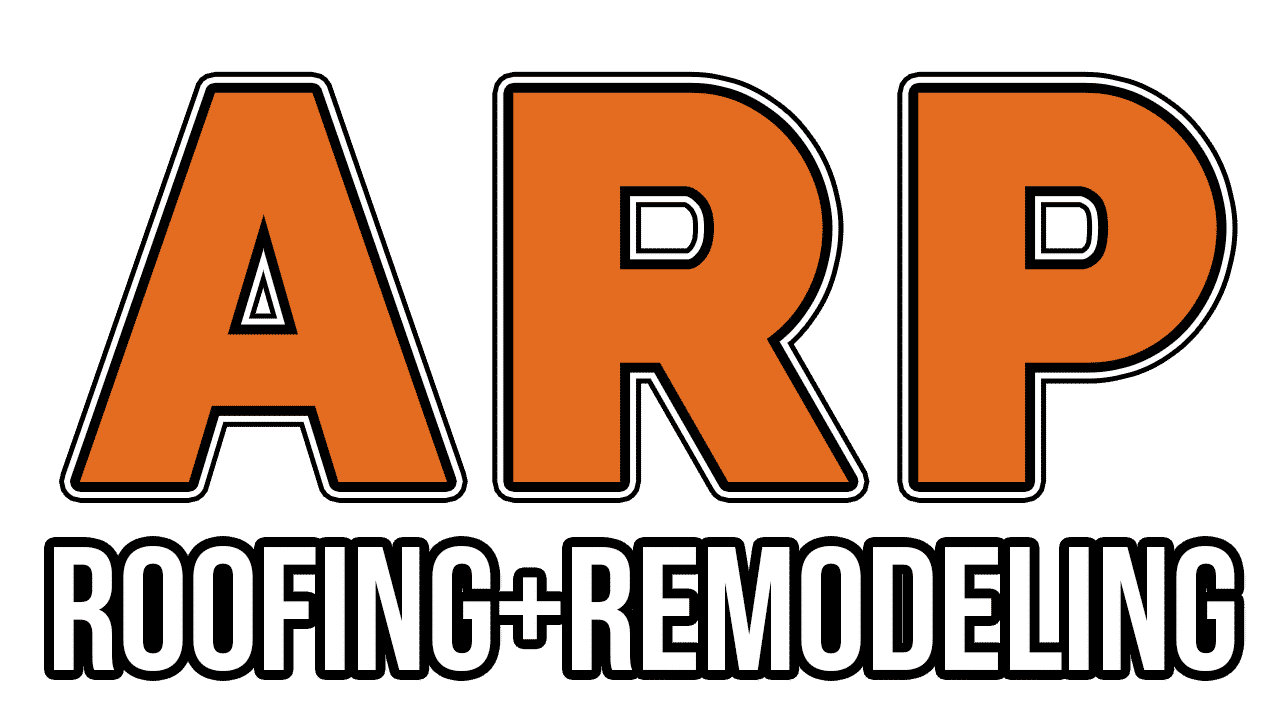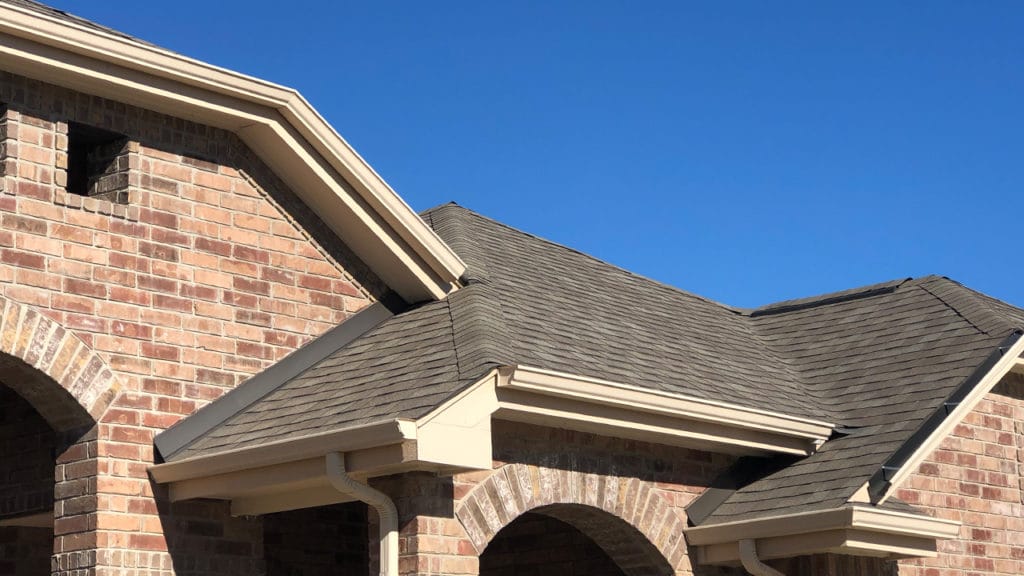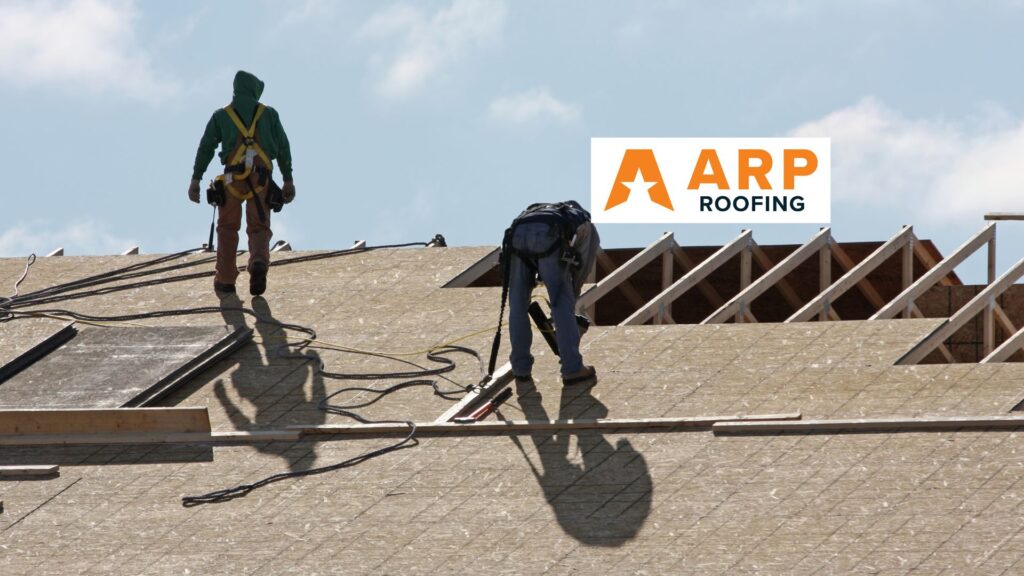The Importance of Roof Air Vents
When it comes to maintaining the health and efficiency of your home, roof air vents play an essential role. Without proper ventilation, your attic can become a hotbed for poor indoor air quality, moisture buildup, and structural damage.
Quick Look at Roof Air Vents Benefits:
– Improved Air Quality: Prevents stagnant air during summer.
– Energy Efficiency: Reduces the load on your HVAC system.
– Moisture Control: Minimizes the risk of mold and mildew.
– Winter Protection: Prevents ice dams that can damage your roof.
Understanding the necessity of roof air vents can save you from costly repairs.
I’m Preston Williams, co-founder of ARP Roofing & Remodeling in San Antonio, Texas. With experience in roofing solutions, I’m here to guide you through the intricacies of roof air vents and their benefits. Let’s dive in to find the perfect fit for your roof.
Transitioning to “Why Roof Ventilation is Important,” we’ll explore excess moisture, structural damage, and the overall impact on your home.
Why Roof Ventilation is Important
Proper roof ventilation is critical for maintaining a healthy and efficient home. Without it, you’re looking at a host of problems that can affect your attic, roof, and even your living space. Let’s break down why roof ventilation matters.
Excess Moisture
One of the biggest issues with poor roof ventilation is excess moisture. When warm, moist air gets trapped in your attic, it has nowhere to go. This can lead to a range of problems, especially during the winter months when the temperature drops.
Did you know? In colder climates, warm air rising from your home can condense on the cold surfaces of your attic, increasing moisture levels dramatically.
Condensation
Condensation is a direct result of excess moisture. When warm air meets a cold surface, it turns into water droplets. This can happen on your roof sheathing, attic insulation, and even on the beams. Over time, this condensation can lead to serious issues.
Structural Damage
Excess moisture and condensation can lead to structural damage. Water is a roof’s worst enemy. It can weaken the wooden structures, cause metal components to rust, and even lead to dry rot of roof sheathing. This not only jeopardizes the integrity of your roof but also can be incredibly costly to repair.
Damp, Mold, and Mildew
When moisture builds up, it creates the perfect environment for damp, mold, and mildew. These fungi thrive in moist, warm conditions and can spread rapidly. Mold and mildew aren’t just unsightly; they can also pose serious health risks, including respiratory problems and allergic reactions.
Quick Tip: Proper roof ventilation can help you avoid these issues by allowing moisture to escape and keeping your attic dry.
The Cost of Neglect
Ignoring the need for proper roof ventilation can lead to expensive repairs down the line. From replacing rotted wood to dealing with mold remediation, the costs can add up quickly. Not to mention, a poorly ventilated attic can also lead to higher energy bills as your HVAC system works harder to maintain comfortable indoor temperatures.
In Summary:
– Excess Moisture: Can lead to condensation and structural damage.
– Condensation: Directly results from trapped warm air meeting cold surfaces.
– Structural Damage: Weakens your roof’s integrity, leading to costly repairs.
– Damp, Mold, and Mildew: Thrive in moist conditions, posing health risks and damaging your home.
Proper roof ventilation is not just a nice-to-have; it’s a must-have for the longevity and health of your home. Up next, we’ll dive into the different types of roof air vents to help you find the perfect fit for your roof.
Types of Roof Air Vents
When it comes to roof air vents, understanding the different types can help you make the best choice for your home. Let’s break down the main categories and some popular options.
Soffit Vents
Soffit vents are the most popular intake vents. They are typically installed under the eaves of your roof and allow cool air to enter the attic.
- Cost-effective: Soffit vents are a budget-friendly option for improving attic ventilation.
- Home builders’ favorite: Many builders prefer soffit vents because they are easy to install and highly effective.
By bringing in cool air from the bottom of your roofline, soffit vents work in tandem with exhaust vents to create a balanced ventilation system.
Ridge Vents
Ridge vents are the most common type of exhaust vents. They are installed along the peak of the roof and allow hot air to escape from the attic.
- Vertical ventilation: Ridge vents excel at vertical ventilation, letting hot air rise and exit efficiently.
- Ridge cap shingle: These vents are covered with a special type of shingle that matches your roof, making them almost invisible from the ground.
Ridge vents work best when paired with intake vents like soffit vents, creating a continuous flow of air through the attic.
Turbine Vents (Whirlybird)
Turbine vents, also known as whirlybirds, are wind-powered exhaust vents that spin to pull hot air out of the attic.
- Eco-friendly: These vents don’t require electricity, making them a green choice.
- Low maintenance: Once installed, they require very little upkeep.
However, turbine vents need a minimum wind speed to operate effectively and may not be suitable for all climates.
Power Vents
Power vents are active ventilation systems that use electricity to remove hot air from the attic. They come in both electric and solar-powered options.
- Electric-powered: These vents are highly efficient but can add to your energy costs.
- Solar-powered: A more energy-efficient option, solar-powered vents harness the sun’s energy to operate.
Power vents are ideal for homes in hot climates where reducing attic temperature is crucial for comfort and energy efficiency.
Box Vents
Box vents are versatile, square-shaped exhaust vents often used in various roof designs.
- Square design: Their compact, square shape makes them easy to install in different roof configurations.
- Versatile: Box vents can be used alone or in combination with other types of vents.
These vents are a common choice for many homeowners due to their simplicity and effectiveness.
Each type of roof air vent has its own set of benefits and is suited for different needs and climates. Up next, we’ll look at the best roof air vents of 2024 to help you make an informed decision.
Best Roof Air Vents of 2024
Choosing the right roof air vent can make a big difference in your home’s energy efficiency and comfort. Here are some of the best options for 2024:
Lomanco Whirlybird
The Lomanco Whirlybird is a classic choice for those looking for a wind-powered option.
- Eco-friendly: It uses wind to spin its blades, pulling hot air out of the attic without using electricity.
- Low maintenance: Once installed, it requires very little upkeep, making it a hassle-free option.
However, keep in mind that it needs a minimum wind speed to operate effectively. If you live in an area with low wind speeds, you might need several to make a noticeable impact.
Air Vent Airhawk
The Air Vent Airhawk is another excellent choice for passive ventilation.
- High efficiency: It provides a significant amount of ventilation without the need for electrical power.
- Durable: Made from high-quality materials, it is designed to withstand harsh weather conditions.
This vent is ideal for those looking for a low-maintenance, efficient solution that can handle various climates.
FAMCO Plastic Vents
FAMCO offers a range of plastic vents that are both durable and effective.
- Material: Made from High Density Polyethylene (HDP), these vents are resistant to rust, dents, and UV rays.
- Weather-resistant: They can withstand extreme temperatures and are built to last longer than most roofing materials.
The FA50 and BVDS models are especially popular for their low silhouette and integrated screens to prevent bird nesting.
FAMCO Metal Vents
For those who prefer metal, FAMCO also provides a variety of metal vents.
- Versatile: Available in galvanized steel, stainless steel, and copper, these vents are suitable for different ventilation needs.
- Durable: Metal vents are robust and can handle extreme weather conditions.
The BK and JV models are designed for specific uses like bathroom or kitchen venting, while the JVO38 and LRV50 are known for their high airflow and reliability.
Each of these options offers unique benefits and can meet different ventilation needs. Next, we’ll guide you on how to choose the right roof air vent for your specific requirements.
How to Choose the Right Roof Air Vent
Choosing the right roof air vent can seem overwhelming, but breaking it down into a few key factors makes the process easier. Here’s what you need to consider:
Ventilation Requirements
First, determine how much ventilation your home needs. A good rule of thumb is to have one square foot of ventilation for every 300 square feet of attic floor space. This should be split evenly between intake and exhaust vents.
To calculate, measure the length and width of your attic to get the total square footage. Divide this number by 300 to find out how much ventilation you need. Then, divide this number in half to determine the amount needed for intake and exhaust.
Attic Size
The size of your attic plays a significant role in choosing the right vents. Larger attics will require more vents to ensure proper airflow. Smaller attics, on the other hand, might only need a few well-placed vents.
For example, if you have a large attic, ridge vents might be the best option because they run along the entire peak of the roof, providing ample ventilation.
Roof Design
The design of your roof can limit or expand your venting options. Steeper roofs might benefit more from ridge vents and soffit vents because they facilitate vertical ventilation.
Flat roofs, however, might require box vents or power vents to ensure air moves efficiently. Homes in windy areas might benefit from turbine vents, which use wind power to pull air out of the attic.
Material Options
The material of the vent is also crucial. Here are some common options:
-
Plastic Vents: Made from High Density Polyethylene (HDP), these are resistant to rust, dents, and UV rays. They are ideal for areas with extreme weather conditions.
-
Metal Vents: Available in galvanized steel, stainless steel, and copper, metal vents are robust and durable. They are suitable for harsh weather and are less likely to be damaged over time.
-
Composite Materials: These combine the best qualities of plastic and metal, offering durability and weather resistance.
Professional Consultation
Finally, it’s always a good idea to consult with a professional roofing contractor. They can assess your specific needs and recommend the best solution for your home.
By considering these factors, you can choose the right roof air vent that fits your home’s requirements and ensures proper ventilation.
Next, we’ll cover some installation tips to help you get the most out of your new roof air vents.
Installation Tips for Roof Air Vents
Proper installation of roof air vents is crucial for ensuring effective ventilation in your attic. Here are some key tips to keep in mind:
Proper Placement
Placement is everything when it comes to roof vents. You want to make sure your vents are positioned to maximize airflow. Here are some tips:
- Ridge Vents: These should be installed at the peak of your roof to allow hot air to escape naturally. They are most effective when paired with soffit vents at the lower edge of the roof, creating a vertical ventilation system.
- Soffit Vents: Place these under the eaves of your roof. They allow cool air to enter the attic and push the warm air out through the exhaust vents.
- Box Vents: These should be spaced evenly across the roof to ensure balanced ventilation. They work well on roofs with a slope.
- Power Vents: These should be installed on the upper third of your roof to help pull out hot air effectively.
Intake and Exhaust Balance
Balancing intake and exhaust vents is crucial for efficient ventilation. Here’s how to achieve that balance:
- Calculate Your Needs: As mentioned earlier, you need one square foot of ventilation for every 300 square feet of attic space. This should be split evenly between intake and exhaust.
- Soffit and Ridge Vent Combination: This is one of the most effective ways to balance your system. Soffit vents bring in cool air, while ridge vents expel hot air.
- Avoid Over-Venting: Too many vents can disrupt airflow and reduce efficiency. Stick to the calculated needs for your attic size.
Professional Installation
Hiring a professional to install your roof vents ensures the job is done correctly and safely. Here’s why it’s important:
- Expertise: Professionals have the knowledge to choose the right type of vent and place it correctly based on your roof’s design and your home’s needs.
- Safety: Roof work can be dangerous. Professionals are trained and equipped to handle the risks.
- Warranty: Many manufacturers require professional installation for the warranty to be valid. This can save you money on repairs or replacements down the line.
Additional Tips
- Check Local Building Codes: Make sure your installation complies with local building regulations.
- Inspect Regularly: Once installed, inspect your vents regularly to ensure they are not blocked or damaged.
- Maintain Cleanliness: Keep the vents clean and free from debris to maintain optimal airflow.
By following these tips, you can ensure your roof air vents are installed correctly and provide effective ventilation for your home.
Next, we’ll address some frequently asked questions about roof air vents to clear up any remaining doubts.
Frequently Asked Questions about Roof Air Vents
Should You Have Air Vents in Your Roof?
Absolutely. Roof ventilation is critical for maintaining a healthy and energy-efficient home. Without proper ventilation, your attic can accumulate excess moisture and heat, leading to problems like mold, mildew, and even structural damage.
Moisture control is one of the main reasons to have air vents. Hot, humid air can become trapped in your attic, causing condensation. Over time, this moisture can damage insulation, warp wooden structures, and create a breeding ground for mold.
Structural integrity is another key factor. Proper ventilation helps keep your roof’s temperature consistent, preventing the expansion and contraction that can lead to cracks and leaks.
What Type of Roof Vent is Most Effective?
There’s no one-size-fits-all answer, but a combination of intake and exhaust vents is generally the most effective strategy. This creates a balanced airflow system that keeps your attic cool and dry.
Soffit vents are popular intake vents because they are cost-effective and easy to install. They work well with ridge vents, which are the most common type of exhaust vent. Ridge vents run along the peak of your roof, allowing hot air to escape naturally.
Ridge vents are particularly effective when paired with soffit vents, creating a vertical ventilation system that maximizes airflow.
What Are the 4 Main Types of Roof Vents for Attic Ventilation?
Here are the four main types of roof vents you should consider:
- Turbine Vents (Whirlybird)
- Wind-powered and eco-friendly.
- Low maintenance.
- Ideal for areas with consistent wind.
-
Power Vent
-
Electric-powered or solar-powered.
- Efficient at removing hot air quickly.
-
Can be more expensive due to energy costs.
-
-
Solar-Powered Vents
- Use solar energy to operate.
- Reduce energy costs.
-
Environmentally friendly.
-
Ridge Vents with Baffle
- Installed along the roof’s peak.
- The baffle improves airflow efficiency.
- Best used in combination with soffit vents for balanced ventilation.
By understanding these types, you can make an informed decision about which roof air vents will best suit your home’s needs.
Next, we’ll dig deeper into how to choose the right roof air vent for your specific situation.
Conclusion
Choosing the right roof air vent is crucial for maintaining the health and efficiency of your home. Proper ventilation helps to control moisture, prevent structural damage, and improve energy efficiency. By understanding the different types of vents available, you can make an informed decision that best suits your home’s needs.
Summary of Benefits
- Moisture Control: Proper ventilation prevents the buildup of excess moisture, reducing the risk of mold, mildew, and structural damage.
- Energy Efficiency: Effective roof ventilation can lower your cooling costs in the summer and reduce heating costs in the winter.
- Extended Roof Lifespan: Ventilation helps to maintain consistent roof temperatures, preventing the expansion and contraction that can lead to cracks and leaks.
Choosing the Right Vent
Selecting the right roof air vent depends on several factors:
- Attic Size: Larger attics require more ventilation. Calculate your attic’s ventilation needs by determining the total attic floor space and dividing by 300 to get the total NFA (Net Free Area) required.
- Roof Design: The design and pitch of your roof will influence which types of vents are most suitable.
- Climate: Consider the weather conditions in your area. For example, ridge vents are effective in areas with high winds, while power vents are beneficial in hot climates.
- Material Options: Vents are available in various materials like galvanized steel, aluminum, and high-density plastics. Choose a material that fits your budget and durability needs.
ARP Roofing & Remodeling Services
At ARP Roofing & Remodeling, we specialize in providing top-notch roofing and remodeling services in San Antonio, Texas. Our team of licensed and insured experts is dedicated to ensuring your home has the best roof ventilation possible. We offer:
- Comprehensive Roofing Services: From installation to repairs, we cover all your roofing needs.
- Flexible Payment Options: We provide various payment plans to suit your budget.
- Customer Satisfaction: We focus on delivering high-quality results and assisting with insurance claims to make the process as smooth as possible.
Ready to improve your home’s ventilation? Contact us today to get started with a free consultation.





